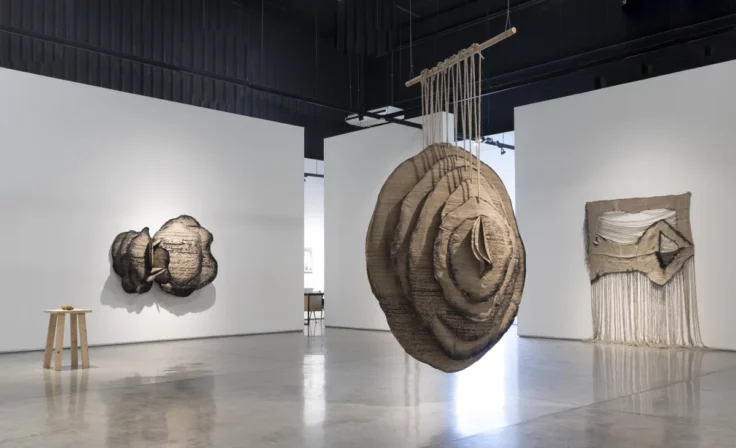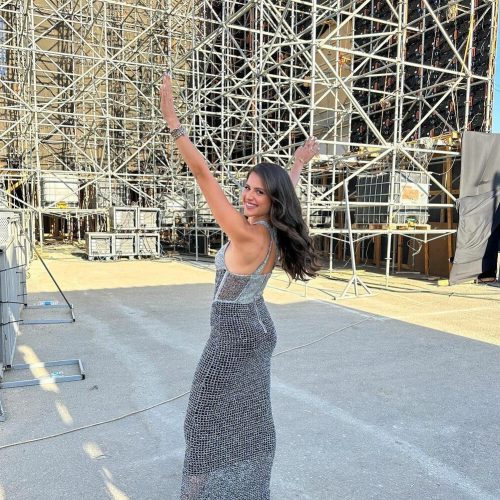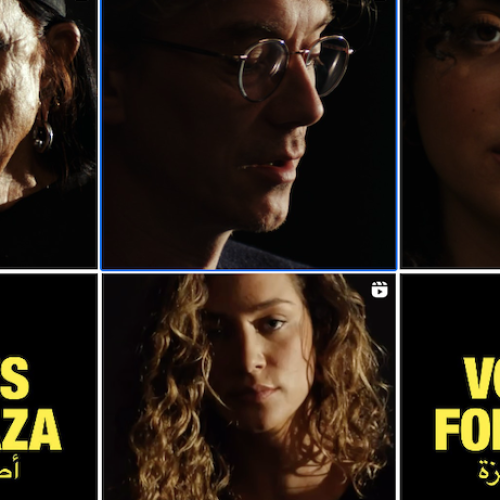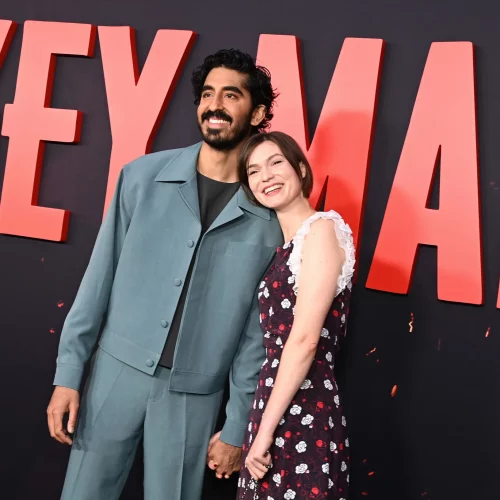As the world is witnessing the ever-increasing and inescapable effects of climate change, artists have become increasingly aware of both their relationship with and impact on the environment. Environmental art extends beyond merely highlighting the direct consequences and gravity of the climate crisis, it also addresses “social and political issues relating to the natural and urban environment,” as defined by the Tate Dictionary of Art. The interplay between humans and the environment emerges as an overarching theme in environmental art, serving as a core subject in exhibitions and events across our region, particularly in the UAE and Saudi Arabia.
Reflecting on the past year alone, numerous exhibitions have been dedicated to issues related to climate, such as Nine Nodes of Non-Being, the Sharjah Biennial 15 (SB15), and Ink to Action. This trend continues into the current year, with art enthusiasts anticipating a more robust exploration of themes. Kicking off the next month is the Diriyah Contemporary Art Biennale in Riyadh, which directs its focus toward the region’s complex human history and natural landscape.
Ahead of the exhibition, which is set to get underway on Feb. 20, here, a retrospective look into the Khaleeji artworks by Arab artists striving to depict the relationship of people and their habitat and the impact of wars, oil discovery, and other factors in shaping the present as we know it today.
‘Rahal’ by Farah Behbehani

Through her art, the Kuwaiti artist and designer Farah Behbehani uses Qur’anic verses, poetry, and prose to create potent and provocative art. Rahal (2020) stands out as the quintessential embodiment of the influence of Arabic culture in eco-art in particular. Employing polygonal forms that mirror the intricate patterns found in nature, and incorporating verses from Bader Bourisli’s eponymous song through the traditional technique of ta’bir, Behbehani’s artwork is a thought-provoking exploration of the era prior to the discovery of oil in Kuwait. As the artist put it, she “aims to bring awareness to the pollution in the Arabian Gulf and the urgency of protecting its marine biodiversity and habitats.”
‘Ephemeral Witness’ by Manal Al Dowayan

Championing intersectionality within her artistic themes, Manal Al Dowayan, a Saudi artist based in Dubai, consistently explores memory and representation in her works. Her piece Ephemeral Witness (2020), featured in the “I LOVE YOU URGENTLY” exhibition in Jeddah, exemplifies her profound artistic depth and commitment to scrutinizing the influence of the environment on human behavior.
Drawing inspiration from the flat Sabkha, a dry water basin in her hometown, Dhahran, where she used to collect desert roses with her family during her childhood, Al Dowayan employs natural silk, ink, and rope to craft a rose-like installation adorned with written prose in Arabic. This artwork serves as a poignant representation of the metaphysical meanings associated with the rare crystal formations, using the elements of nature in an attempt to understand the impact of time on the environment and vice versa. Serving as a witness to the changing times in Saudi Arabia, marked by women’s emancipation and the discovery of oil, Al Dowayan’s creation captures the essence of societal transformation through a blend of artistic mediums and cultural symbolism.
‘SE’ by Mona Hatoum

Mona Hatoum is a Lebanese artist known for her poignant commentary on the several issues of our region. In her two-dimensional work SE (2020), she explores another face of the conflict in Iraq, often invisible, untold and unspoken of, which is the impact of the fires destroying Iraq’s arable land, deteriorating the situation of the forcibly displaced refugees, and threatening the lives of farmers and locals. Deeply engraved in the environmental cause while adding the man-made wars and conflicts, the artwork uses the ashes collected from the scorched fields and transformed as black acrylic paint as well as a light blue paint layer applied as a foundation.
Hatoum’s art is all about multiple connotations inviting the audience to ponder upon meanings and challenge their own deeply-held beliefs. While the blue foundation serves as an optimistic message about a future where the blue denotes a clear sky without dark smoke, the fence with its keffiyeh-like patterns, tells another story far of being optimistic or hopeful.
‘Al-Hidaa’ by Sultan bin Fahad

As a national of Saudi Arabia, Sultan bin Fahad grew preoccupied with identity, history, and time. In his installation Al-Hidaa’ (2019), he explores the tensions between the past and the present by juxtaposition of several natural and cultural elements. Tracing the transformation of the country visually through deformed plastic bottles and goat-hair blankets and soundly through the camel herding songs that were once very famous and common across the Arabian Gulf. In this powerful installation, the UK-based artists’s conceptually guided practice is blatant as every object becomes mnemonic, illuminating latent cultural memories and tracing a once-powerful relationship between humans and nature in the region.
‘Benz’ by Hashel Al Lamki

Emirati painter and multidisciplinary artist Hashel Al Lamki’s distinctive art lies in his extensive use of conventional painting tools like colored natural and oil pigments to unwrap the intricate relationship between humans and their environment. In his work Benz (2021), he utilizes naturally sourced colors to examine the human-induced transformation of Jabal Hafeet, a limestone mountain recognized as the tallest in Abu Dhabi and the second-highest peak in the UAE. This transformation occurred with the construction of the first road, allowing access to the mountaintop for the first time in the late ’80s. Through his painting, the artist calls into question the impact of human life on local ecologies, highlighting the lengths to which humans can go to jeopardize ecological habitats and tarnish the beauty of landscapes for what can be described as selfish reasons.








